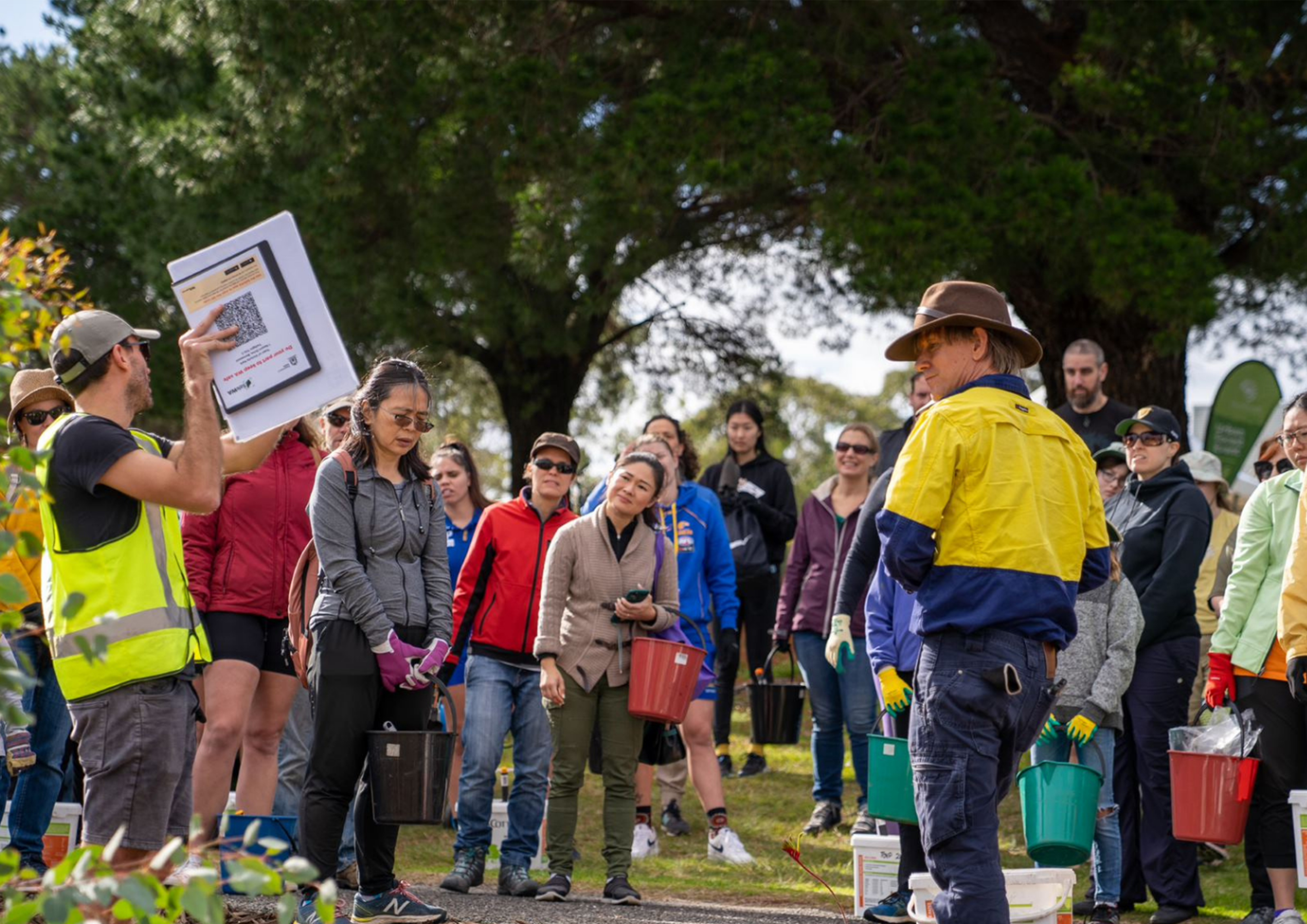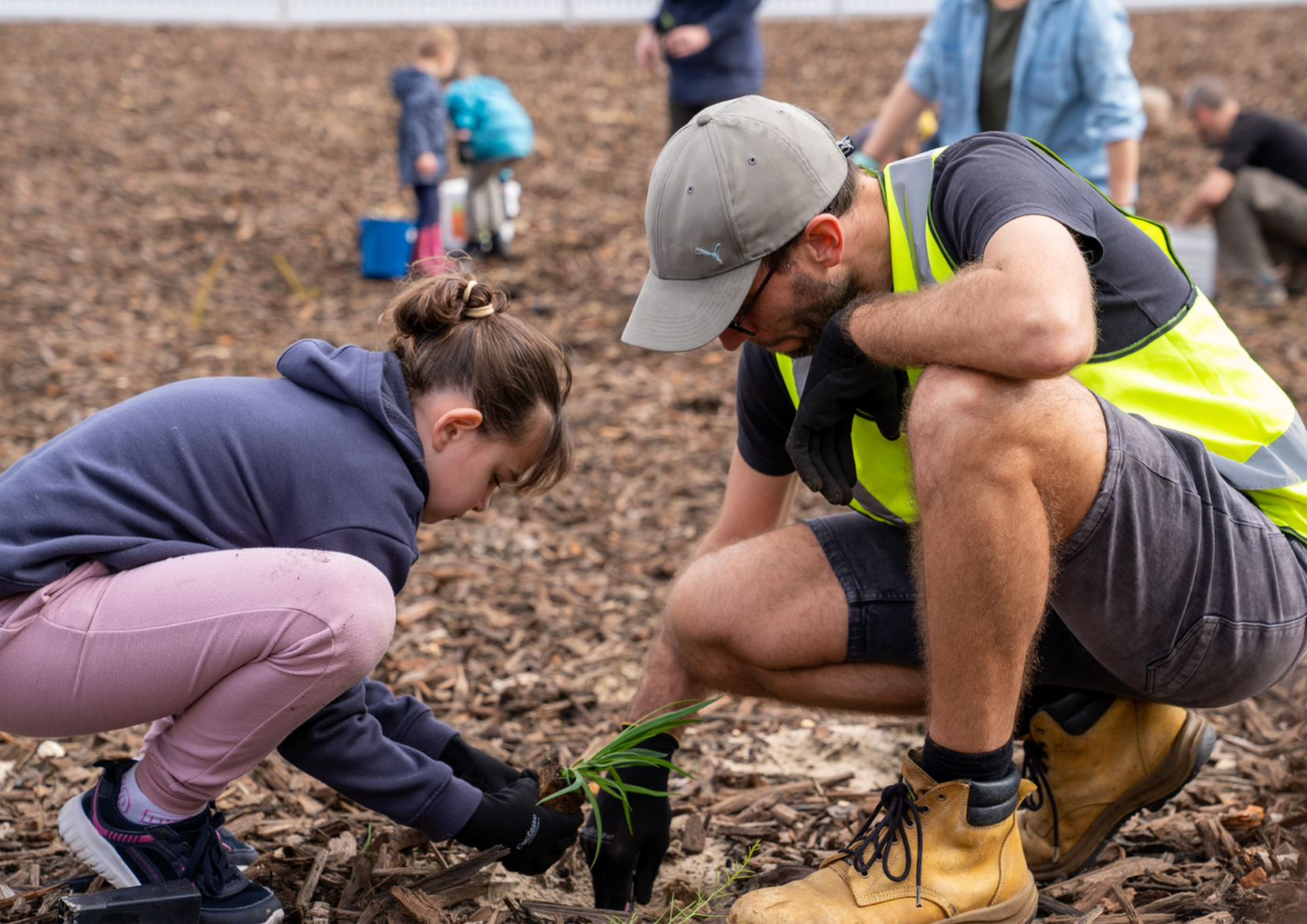2012 Pierre Quesnel

Pierre Quesnel is a Strategic Project Manager at the Town of Victoria Park, He was previously Senior Place Leader - Urban Forest at the Town, leading the initial roll-out of the award-winning Victoira Park Urban Forest Program. Pierre graduated from the Bachelor of Landscape Architecture at UWA in 2012.
This interview was undertaken by Zixin Pang, as part of the UWA Master of Landscape Architecture unit LACH4421: Australian Landscapes.
Zixin Pang – Could you tell me about a bit about yourself and your career as a landscape architect?
Pierre Quesnel – I started with a degree in science, and after I graduated I worked in a science lab for a few years. I found it didn’t suit me so, I went travelling overseas to try to figure out what I wanted to do with my life. The experience of public spaces when I was travelling was one of the things that led me to the study of landscape architecture. Experiencing those spaces overseas, and really enjoying them. I became quite fascinated about how spatial design can make you think and feel differently.
When I came back from overseas, I signed up for the landscape architecture course at UWA. While studying, I worked as a student at Hassell. I also worked with a fellow landscape architecture student on our own garden design business. After graduating, I worked for UDLA for about six years before I joined local government at the Town of Victoria Park, where I worked in the Place Planning team in an urban design role and then an urban forest-focused role. Now my job title is Strategic Projects Manager.
ZP – While you were travelling, which places interested you the most?
PQ – I really enjoyed large cities like Rome and Paris. Visiting Versailles was also a powerful experience. It's such a great example of the use of space to manipulate emotions; this is something I remember noticing as I stood on the grand axis in the garden.
While I was travelling, I had a book called The Landscape of Man by Geoffrey and Susan Jellicoe. I travelled with that large textbook in my backpack, it was great to have the chance to experience some of the places in Europe while learning about their histories. That book had a big influence on me.
ZP – What was your most memorable class, and why?
PQ – My first design studio. It was obviously an introduction to the whole profession. Landscape architecture, fine arts and architecture students were all mixed in together. From that very first class, I knew that landscape architecture aligned with my nature and how I naturally operate.
Another memorable class was Charlie Mann's art and architectural history unit. I loved learning about the history of architecture, art and design. Even it’s not usually used in my day job, but it certainly lit the fire for me and got me passionate about the core subject of the discipline.
ZP – What's the most important thing you learned during your time at UWA?
PQ – The most important thing was the design process. Learning that design is a process and then learning that repeatedly, with every studio – going through that process, working through it. That's the most important thing to learn at university, and that's what we then carry with us into our profession. That's our main skill above anything else, is to use the design process to tackle larger challenges.
ZP – How has your definition and understanding of landscape architecture changed throughout your career?
PQ – My definition of landscape architecture has broadened. The other thing that's changed is that I no longer feel the need to strictly define the profession. The profession is defined by the actions of landscape architects and what they do; the different ways they apply the design process. There are advantages to not defining it and seeing what it becomes, and where people take it.
ZP – As your career has progressed, what kinds of changes have you noticed in the landscape architecture profession and how has this influenced your work?
PQ – I've noticed that collaborative design with communities has become standard, which is great. Engagement has become part of standard tender requirements.
Related to this, engagement with Aboriginal people is also becoming part of standard process, and formal structures around Aboriginal engagement are being created. For example, here at the Town of Victoria Park, we have set up an Aboriginal Advisory Group with members who are local Elders. Thanks to some pioneers in the space, Aboriginal engagement is now becoming mainstream.
ZP – In your career, what have you found the design can do?
PQ – I’ve found that design can address complex problems. There are other methods that are used to solve problems, but often they're based only in the practical and miss some of the intangible layers that a true design process can bring in. Other processes can miss, particularly, the human side – human emotion and behaviour. The landscape architectural design process is holistic and can bring in many different variables, to work towards a cohesive solution to a problem. As landscape architects, we need recognise the value that we can bring, and believe in it.
ZP – Could you tell me about a significant project that you’ve worked on?
PQ – One significant project that I've been working on for a few years is the implementation of the Town of Victoria Park Urban Forest Program. The Urban Forest Strategy was already written when I started in the role; what we had to do was to figure out how we were going to achieve the goals of the strategy, which was very ambitious and at a very high level.
We developed a program-based approach, which combined different actions and objectives from the strategy and then delivered them over a number of years, rather than trying to deliver it as a single project. It was very complex, so it required more of an agile mode of project management and project delivery. We developed a program which has seen many thousands of trees planted, and increased biodiversity in the area. But more importantly, we've developed a program and structure that will live on for many years, and an approach that will continue to enhance the Town of Victoria Park.
This project has been significant for me, because it was very different mode of practice. It wasn't project based, it was program based. I saw the power of breaking out of the the time constraints of a project, and into something that allows more time and flexibility. It was great to be involved, and great to see that the Town of Victoria Park has been recognised for our innovation in this area.
ZP – Do you have any advice for current landscape architecture students at the School of Design?
PQ – My advice for current students is to relax and absorb the whole experience; just take it all in. Follow your line of interest, and let it light your fire.

This interview was undertaken in 2022. It has been edited for clarity and cohesion.
Are you a graduate of Landscape Architecture at UWA? We want to hear your stories! Tell us here.
Images: Town of Victoria Park Urban Forest Program. Images by Derrin Kee.
